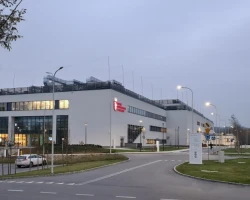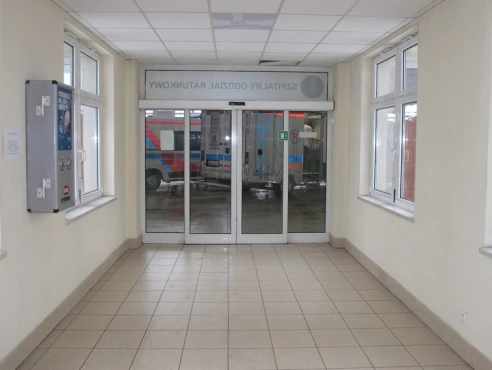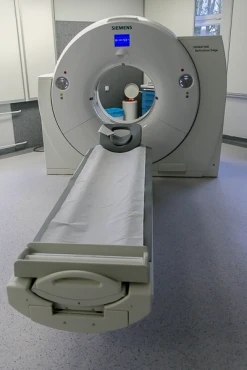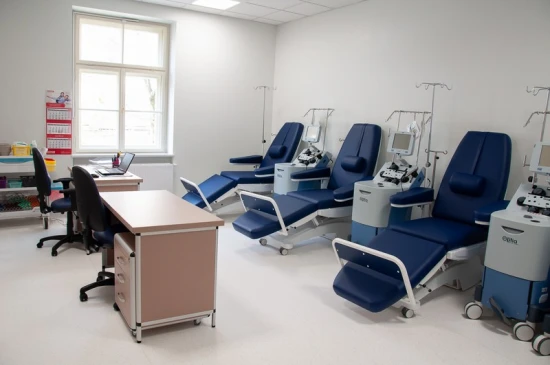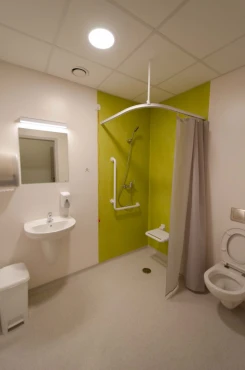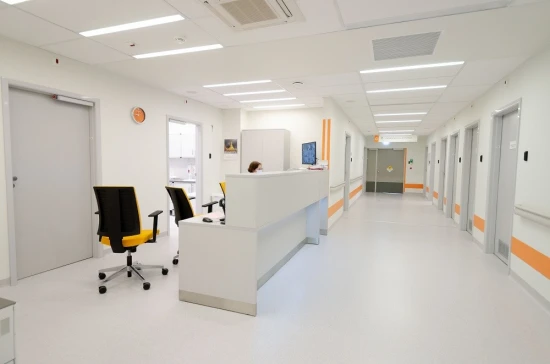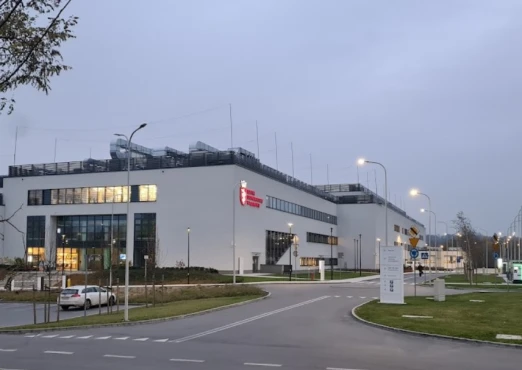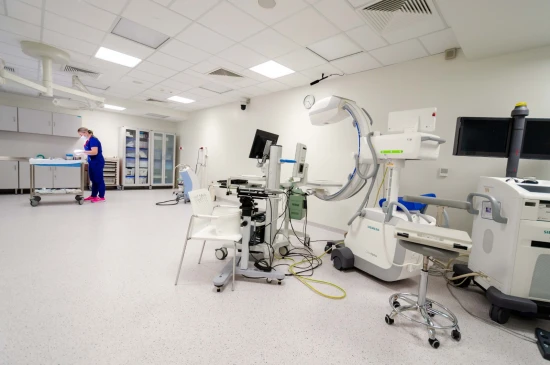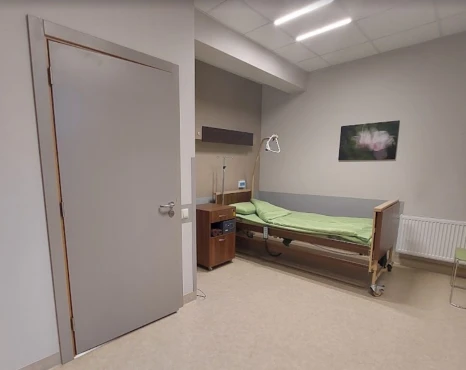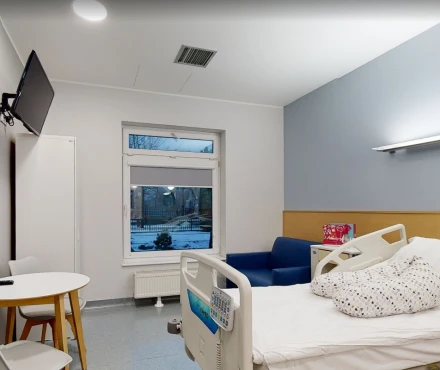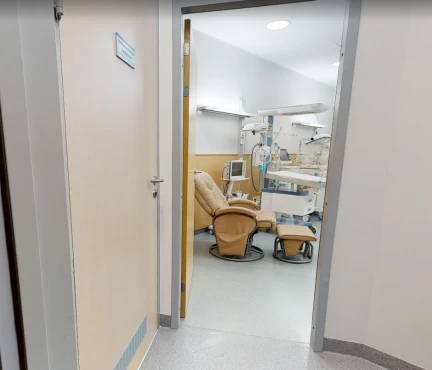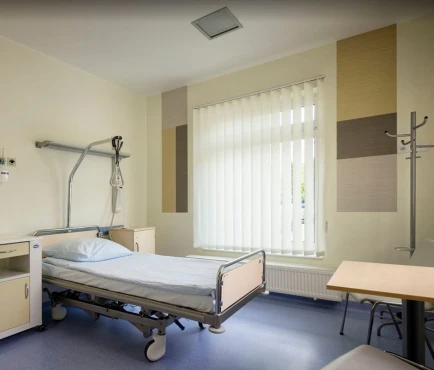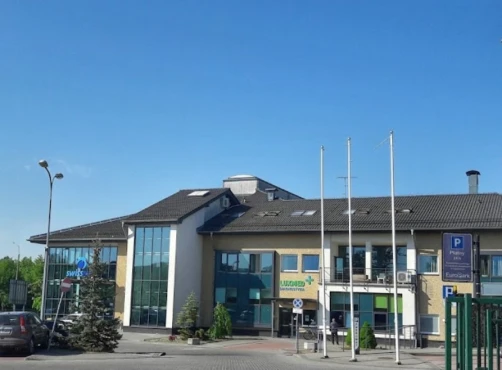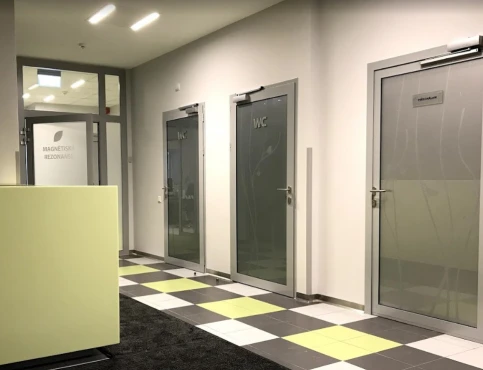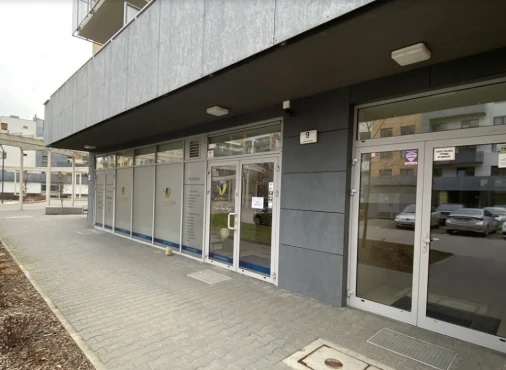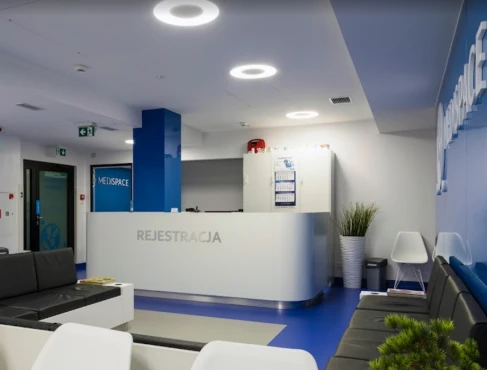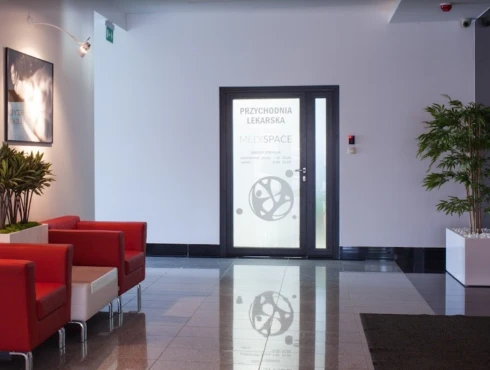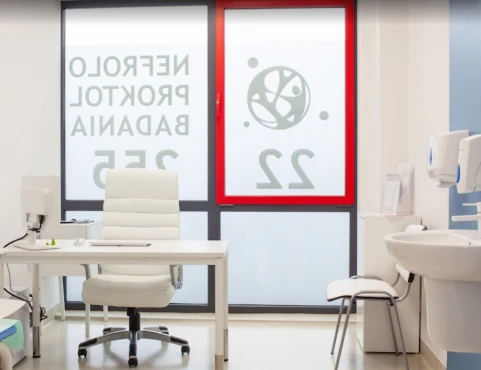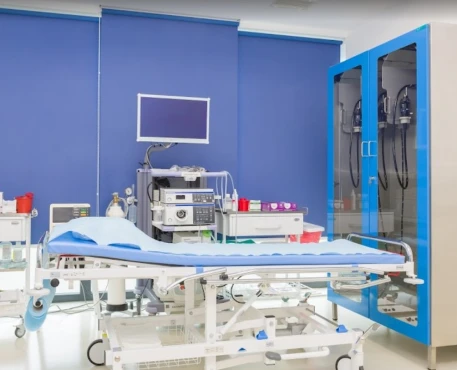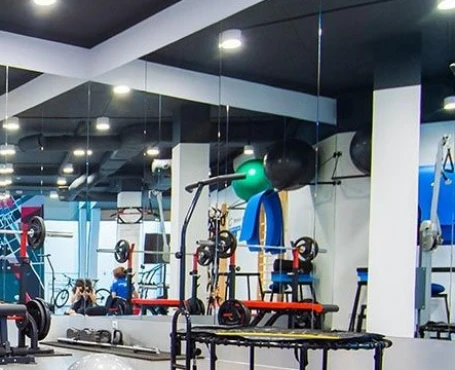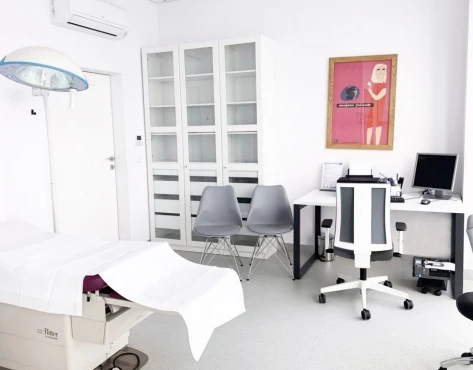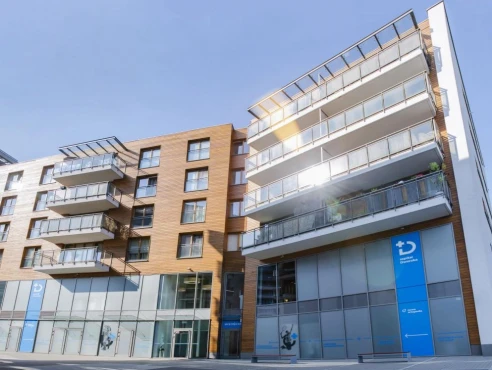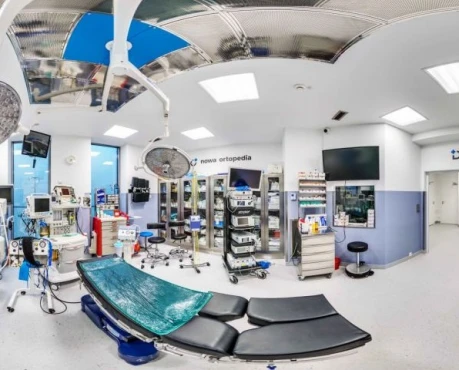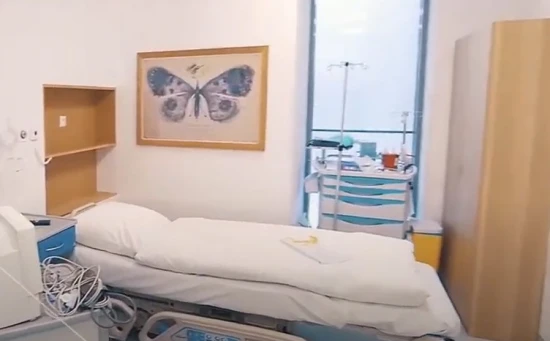from Marta Marta
November 21, 2023
Opinion on private family natural birth. Premium package.
It was my second birth. The first one was at Medeor Hospital in Łódź, which I remember much better even though I didn't pay for it. There I experienced warmth, respect and understanding that was often lacking here.
I went to the hospital after 6 hours of painful contractions with severe pain. I was seen by a doctor who from the very beginning called me "you", treating me with contempt. I don't remember his name, but I think he introduced himself as Marek (I think it was Dr. Marek Korożan, but I could be wrong because 2 years have passed since the birth). Based on the CTG results, he said that I was not giving birth at all, but since I had already come from far away, I should go to the antenatal room and go to sleep, and that I would definitely not give birth in the near future. At the very beginning, I felt like an intruder and a bother of four letters.
I spent several hours in the room with my husband - of course, not sleeping and fighting contractions. After a few hours, a midwife (Ms. Joanna Miłosz) came and asked if I should be examined. I agreed. It turned out that I was 6 cm dilated and they asked if I should give anesthesia. I remember the midwife fondly. The anesthesiologist was also very nice and tried to relax the atmosphere while administering anesthesia. Morning came and with it a change of staff. Another gynecologist was very cold and unpleasant. When the anesthesia was removed and I started to complain about my statement that it hurts, I heard that I had pain when I was lying under anesthesia, and now it doesn't hurt at all, so I shouldn't say that because it's not true :-) Childbirth after anesthesia lying down despite my willingness and strength to give birth in a vertical position. While pushing, I heard some sarcastic and embarrassing comments from this lady (I unfortunately didn't remember her name). I felt very uncomfortable. Even on the National Health Fund, I have never been treated so disrespectfully and unpleasantly.
When complications occurred, fortunately Dr. Chmyłko and Dr. Wnuk came and alleviated the unpleasant atmosphere. The birth was difficult and had complications, but thanks to them I felt cared for and safe at that moment.
I also remember the doctor fondly. med. Anna Lew-Tusk - a neonatologist who took great care of our daughter when it turned out that her test results were not good.
Postpartum care was generally okay, but despite my high temperature (infection) and the baby crying all night, I was not offered to take the baby so I could rest.
Despite the completed birth plan and my clear objection to it, an injection of vitamin K was administered, later claiming it was by mistake.
Other objective facts: comfortable beds, nice maternity room, good food. Due to complications for me and my daughter, we stayed in the ward a few days longer and I did not pay anything extra for this.
My memories of giving birth are rather unpleasant. I paid for a private birth to avoid unpleasant situations and give birth in harmony with myself - my expectations were definitely not met. I wouldn't choose to give birth at Swissmed again.
from Honorata Stenzel
October 09, 2023
Last week I had a planned CC in Swissmed - breech position. I am very pleased with my choice, the medical staff was very nice, everyone answered my questions, doubts and explained them. My husband was able to be with me during the surgery, after the surgery the care was also very good, the midwives and neonatal nurses were very helpful, kind and understanding. The doctors were also very nice and patient. I recommend
from Ania Suszka
October 05, 2023
Doctors nice and competent however ladies on the phone rude and not helpful… they instruct you before you even explain what is the problem and have ZERO understanding and patience for family of patients. we paid for the test we did not get results on, trying to get through to the doctor on the phone- impossible. I do not recommend this hospital unfortunately due to poor customer service.

